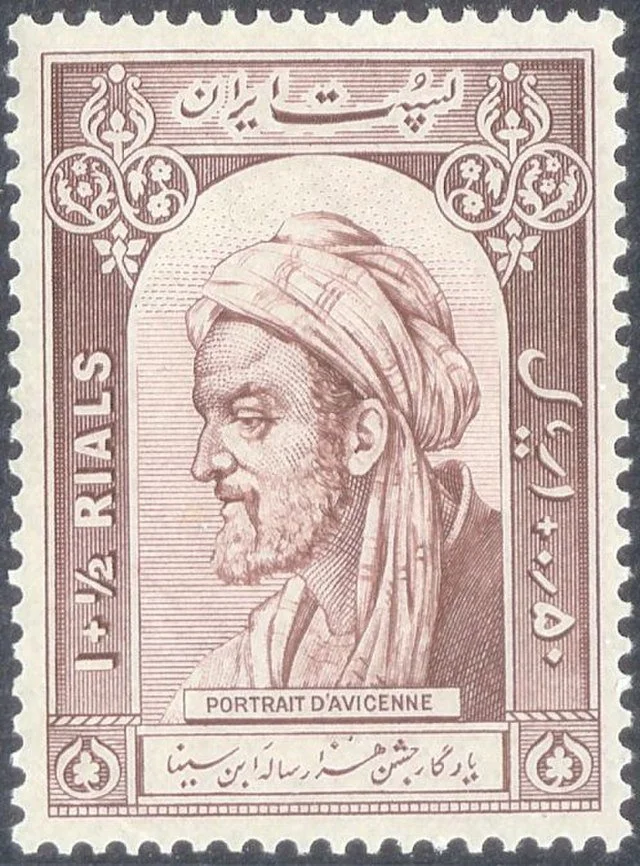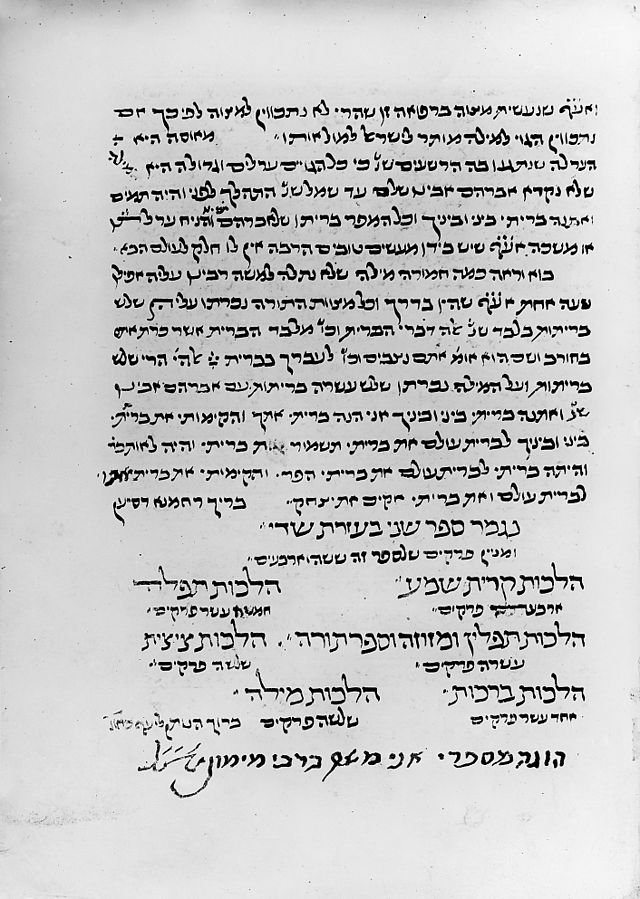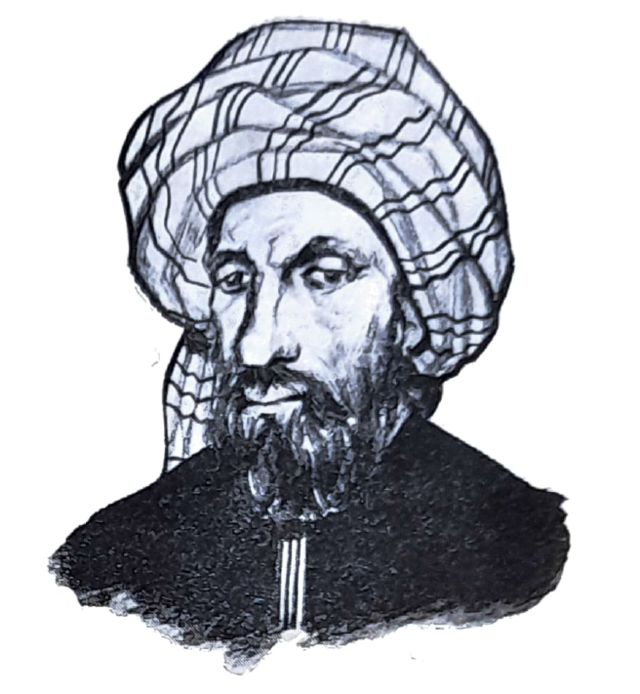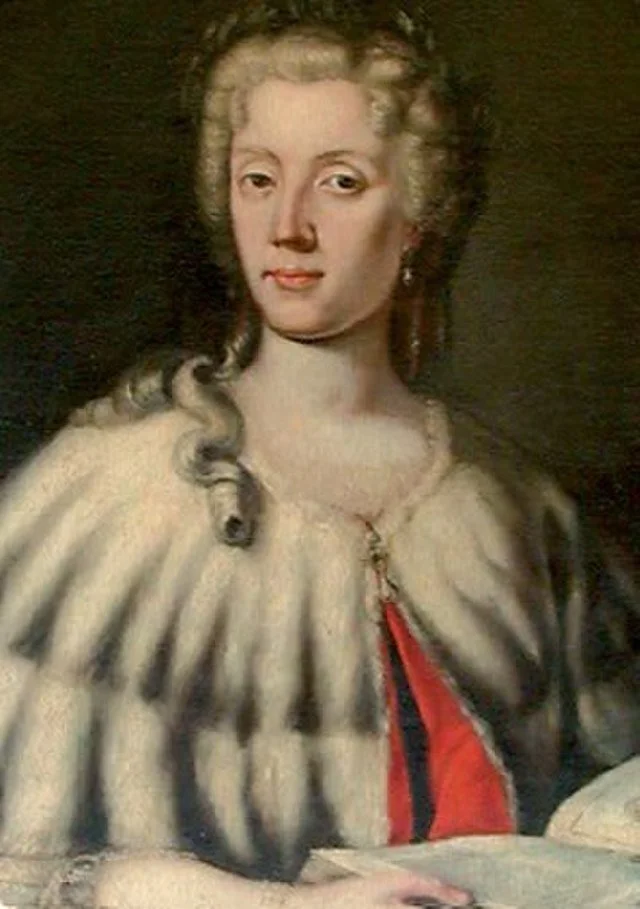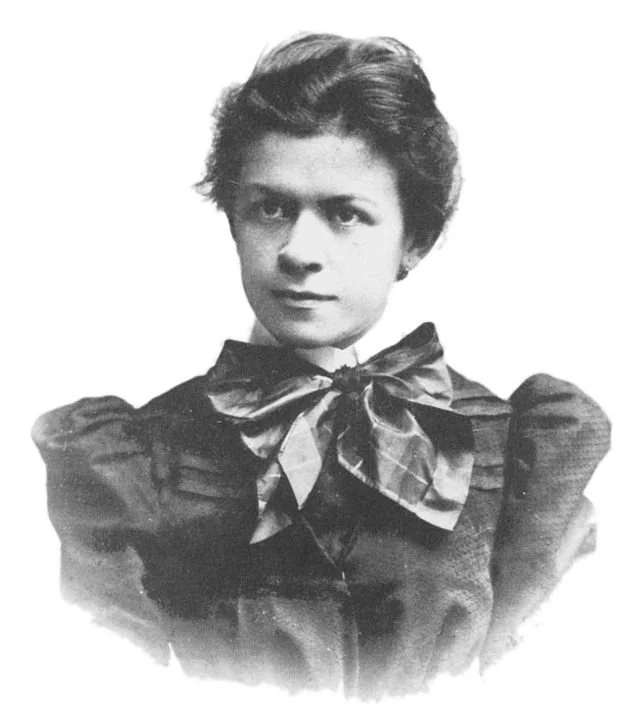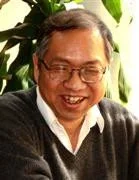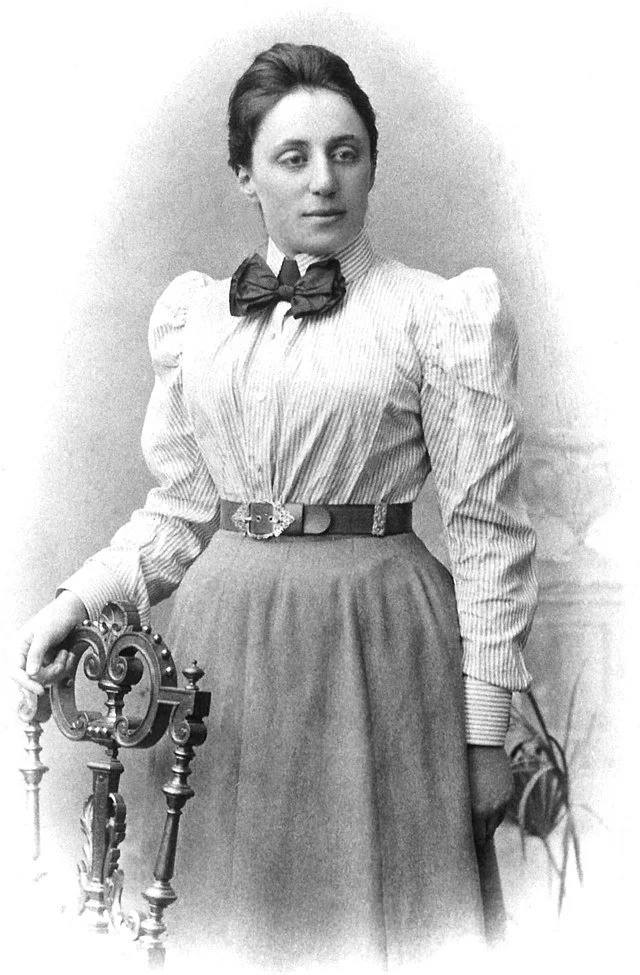Classical Mechanics
One of the earliest forms of physics, classical mechanics covers forces, energy, and motion. Whilst often approached from the work of Newton, concepts in classical mechanics developed independently in many cultures around the world.
Projectile Motion
Ibn Sina - wrote on projectile motion and air resistance
al-Baghdadi - studied projectiles and acceleration
Sometime during the early 12th century, Abu’l-Bakarat al-Baghdadi began to rewrite Aristotle’s laws of motion to help him track projectiles. From his work on projectiles, he reached the conclusion that force must be proportional to acceleration rather than velocity. Not only does this demonstrate a primitive—yet accurate—form of Newton’s second law, it also demonstrates an understanding of acceleration which would not be matched in Europe until Galileo around five-hundred years later. (Franco 2003)
Forces and Work
Ibn Bajjah - first proposed reaction forces
Laura Bassi - popularised Newtonian mechanics in Italy
Around the same time as al-Baghdadi’s work on motion, Ibn Bajja (also known as Avempace, the Latinisation of his name) was investigating forces in the Iberian Peninsula, which was under Islamic control at the time. In one of his texts, he wrote that for every force, there is an opposite reaction. Whilst this does not explicitly state that the magnitude of the forces will be equal, it does demonstrate that physicists in the Islamic world knew a foreshadowing form of Newton’s third year over half a millennium before Newton’s birth.
Relativity
Mileva Marić - made contributions to relativity and mass-energy equivalence
Shing-Tung Yau - made contributions to the positive energy theorem
Further reading
Pines, S. (1986). Studies in Arabic Versions of Greek Texts and in Mediaeval Science (Vol. 2). Brill Publisher.

